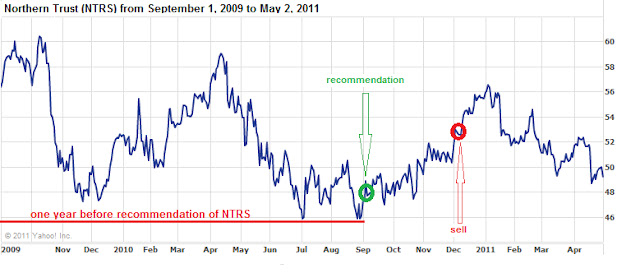On January 12, 2016, we took a position in Helmerich & Payne (HP) at $47.41. At the time, HP was coming off of a high of $118.29.
According to Dow Theory, an investor should only expect one half of the previous move. With this in mind, we charted an upside target of approximately $79.16 as the likely point for selling the stock as outlined in our July 2, 2016 posting.
On January 13, 2017, we sold our holdings in HP at $78.31 for a gain of +74%. For reasons unknown, HP declined from $78.31 to $43.02 by September 1, 2017, a decline of –45%. An outline of the change from February 3, 2014 to January 12, 2018 is charted below.
The Rationale
Naturally, this is the most ideal transaction that we could engage in. Below we will lay out our observations on how we accomplished this task.
First and foremost, Helmerich & Payne is a high quality oil and gas driller that survived the crash that was experienced after the 1970’s. In our view, if a company can increase their dividend over many years and survive a period that put a lot of competitors out of business, then you’re dealing with a good management team. What follows are the details that we are looking at.


